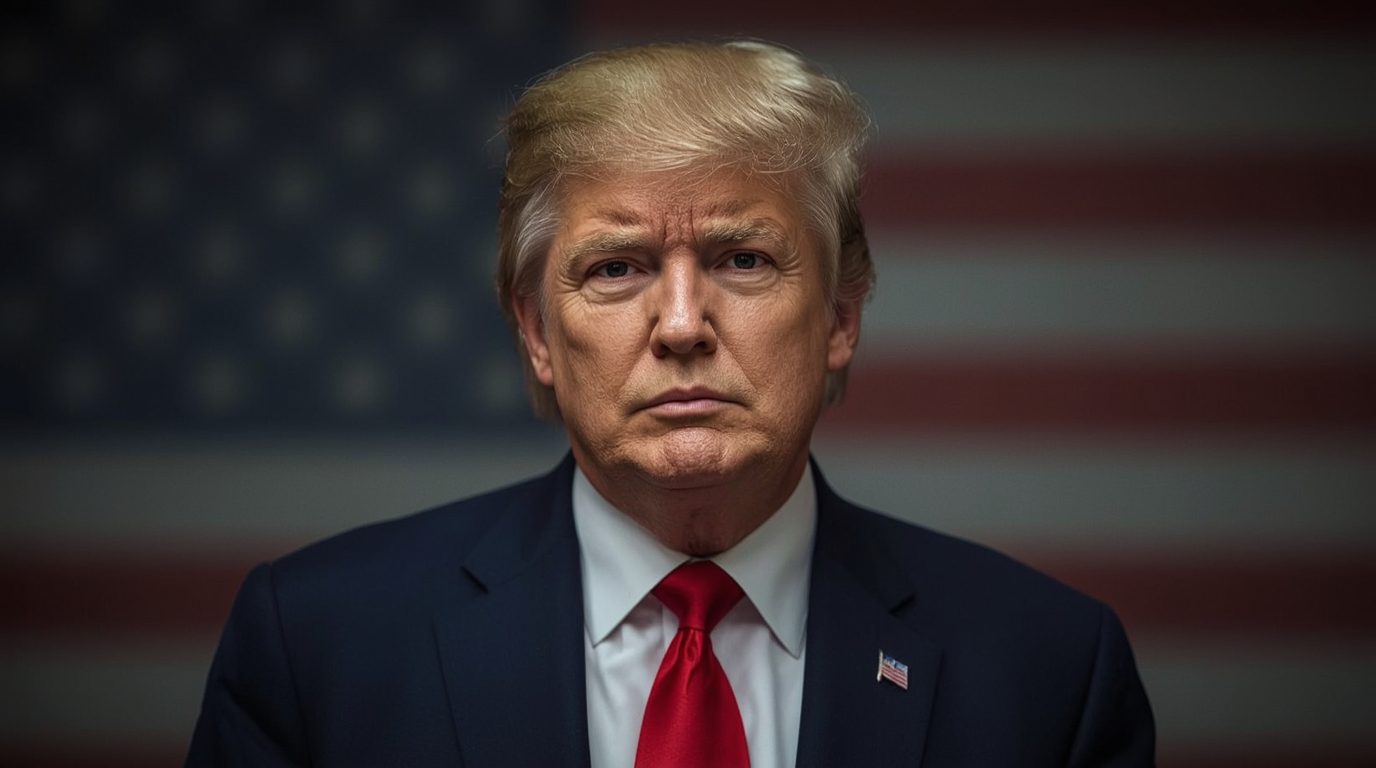India’s Consumption Cut Policy To Revitalize Demand In Light On US Tariffs
As part of its economic strategy, India irreversibly slashed the Goods and Services Tax (GST) on hundreds of consumer products—input and essentials items like soaps and toothpaste, consumer durables and some items like mini cars, air coolers and air conditioners. This is part of the attempt to stimulate domestic demand and reduce the economic impact of Donald Trump imposed tariffs on India effective last month and raised apprehensions about a slowdown in India’s export-driven sectors.
Sitharaman’s observation on the tax cuts as a part of long-planned tax reforms is contested by many economists who claim that these measures are overdue steps meant to relieve Indian companies and consumers bearing the brunt of the 50 percent US tariffs on reserved import of Indian goods.
Conceptualization and implementation of GST due in 2017. Since then India’s rulers GST has been seen by many as the single most effective tool to piracy due to its unnecessary complicated nature, whereby upon the introduction, 3 taxes effectively spread over 4 different slabs of tax enforcement, often overlapping and confusing the entire consumer and business base equally.
Everyday items will have their GST rates dropped from 18 percent to 5 percent like toothpaste and shampoo. At the same time, small automobiles, air conditioners, and the same televisions will go from 28 percent to 18 percent tax.
Further, the exemption of tax on premiums of various types of insurances, including life and health insurances, directly decreases the income tax paid, thereby increasing net disposable income available to spend and savings for households in India or spend in quality sectors.
Context: The U.S. Tariffs
The cuts in taxes laxed on exports go hand in hand with the rising concern on the impact of punitive U. S. tariffs on Indian goods. Certain Indian products in the steel, aluminum and chemicals industries, have been shut out of the market with tariffs approaching and exceeding 50 percent, placing strain on exporting countries and the market.
The minister herself pointed out that the GST changes in the tariff regime has a distant or no relationship. But the cuts on the economy will be favoring and geared towards expanding domestic use and export famine. Certain facts of the economy suggest the combination of rational and strip taxes and cuts on personal income taxes will maintain the growth of consumption and spending even with uncertainties coming from outside the nation.
Soumya Kanti Ghosh, the chief economist of the State Bank of India (SBI) believes that:
In their estimations, the consumption boost resulting from the rationalization of the GST rates will over neutralize the recall of the any revenue impact. Difficulties with the fiscal deficit concerning such a scenario would result in negligible deficit impacts, or a surplus impact.”
Government Estimates and Revenue Impact
The federal and state governments are expecting revenue losses due to the revisions made to the GST and are estimating a responsive loss of Rs. 480 billion, or $5.49 billion and they are anticipating that spending that the consumer will spend on it will aid in recuperating these losses in the mid plus term.
The government still fears consumer spending and hence has kept the tax on “super luxury” and “sin” goods that includes, top notch cars with engine over 1,500 CC, cigarettes, and soft drinks CCCs to 40% to support their revenue. Soft drinks to encourage spending in certain areas. this supports the continuous struggle to have the deficit and stimulate the economy.
Boosting the Consumer Goods and Automotive Sectors
After the cuts were made, the fast moving consumer goods companies that were greatly impacted were Hindustan Unilever Godrej, and some other well-known industries. Reducing tax on essential consumer goods, it will help raise market consumption for the goods.
TVs and other appliances that were once retailing for high prices, due to the 18 percent premium on retail GST, consumer electronics businesses like Samsung, LG, and even Sony, will now find it easier to increase sales in the coming months.
Apart from these, the automobile industry is also set to make great gains. Lower taxes will make cars easier to buy, and companies like Maruti, Toyota and Suzuki will also make gains from the changing prices on compact cars. These factors combined will greatly motivate new buyers to purchase their first cars.
Prime Minister Modi’s Call for Self Reliance
These cuts were made due to PM Modi’s vision for self reliance, and these tariffs were intended to increase the initiative consumption. Modi has stated that we need to focus on the consumption and promote the industries we have in order to withstand the new tariffs coming from the US.
As soon as the tax cuts were announced, Modi underscored about the possible gains for the citizens of India:
“For citizens, the far-reaching changes will enhance their quality of life, and for everyone, the ease of doing business, particularly for small traders and businesses, will considerably improve.”
To promote consumption-backed growth and enhance ease of compliance for small and medium enterprises (SMEs), the government aims to streamline the GST system as well as reduce taxes on essential goods and services.
Economic Changes for India
Some economists believe the GST cuts can have a number of beneficial impacts in the long run:
`Increased Expenditure by Consumers:` The savings from decreased taxes on essential goods and consumer durables may result in a rise in household disposable income, which will lead to an increase in spending and demand for various goods and services.
`Increased Stimulus in the Manufacturing Sector:` The decrease in tax on consumer goods will encourage the production of these goods in the country, thus supporting the manufacturers and creating more jobs.
`Increased Support for SMEs:` The streamlined tax structure lowers the compliance costs and administrative burdens, allowing the SMEs to prosper more in a competitive business environment.
`Reduction in Negative Tariff Impact:` The GST cuts will help to some extent in balancing the detrimental impacts caused by U. S. Tariffs on the Exporting. Hence, the demand for the economy will be sustained and the economic shock will be averted optimally.`
Soumya Kanti Ghosh from SBI has stated that the reforms are likely to increase economic efficiency:
“The reforms are demand boosting and doing tax rationalization and ease of doing business by curtain the levy of the taxes on the consumers. Very important for the country’s growth prospects.”
Social and Political Dimensions
The cuts to the GST are also socially and politically important. By lowering tax on the basic necessities of life the government is able to improve the living standards of lower-and middle-income families, which also increases the popularity of the government in power.
Moreover, the tax on luxuries and sin goods is an attempt to promote social justice while also discouraging the consumption of goods that are unnecessary and harmful, like tobacco and soft drinks. This combination of encouraging consumption of the essentials and discouraging the over consumption of luxuries or unhealthy goods is fiscally very responsible.
The Road Ahead
Although the reforms are very much desired, there are still some issues that need to be addressed:
Shortage of income: revenue loss, which is likely to be compensated by increased expenditure, is likely to create a burden on the peripheral state budgets. This is especially true for the provinces which rely on GST revenue for the funding of social initiatives.
Difficulty in execution: Moving from a four-tier to a two-tier tax system is going to be an administrative nightmare. It is going to require a lot of collaboration between the central government and the state government.
Tensions of global trade: Although the GST cuts might provide some relief domestically, Indian exporters are still contending with uncertainty due to U.S. tariffs which could impact the trade balance and foreign exchange reserves.
Despite all of this, policymakers are hopeful that these measures will continue to support economic growth and improve the resilience of India’s domestic market.
Economic Growth and the Market’s Reaction
India’s economy grew at 7.8 percent which was higher than analysts anticipated for the quarter coming to a close in June. This demonstrates the strength of the economy in global trading conditions. India’s economy will likely maintain this growth trajectory, GST cuts will likely consumer spending, and investments into the retail, automotive, and electronics markets.
Analysts and other market experts are predicting that the consumer goods and automotive industries will see a growth in earnings. Due to a decrease in tariffs, profits are likely to increase for a number of these companies, which will create a positive feedback loop that will ultimately lead to a burgeoning stock market.
These same reforms are likely to lead to an increase in employment opportunities, especially in the manufacturing, retail, and logistics fields due to an increase in demand for consumption and production. More coverage here.
Broader Policy Reforms
The reduction in the GST rates is one of many economic reforms designed to strengthen the domestic economy of India. This is the reduction of certain taxes, the increased ease of doing business, and the “Make in India” campaign aimed at fostering domestic manufacturing.
The government’s approach combines the structural reforms that are aimed at building a more resilient economy and shielding it from external shocks like trade conflicts and disruptions to the global supply chain.
Consumer Impact
The GST cuts are expected to the prices of essential items and ease of access to them, thus increasing the disposable family income that can then be used for other projects like education, healthcare, and leisure.
The purchase and upgrade of small cars and electronics can also cover more of the consumption which builds demand in the high-value parts of the economy.
Conclusion
The aggressive reduction of GST during the time of increasing US tariffs is a unique approach used to strengthen the growth of the local economy, increase the use of domestic goods and services, reduce the complexity of the taxation system, and foster other spending. Increasing the economic confidence from a spending perspective is the aim of the government, and by consumption of essential goods and consumer durables, the government aims to increase the spending.
While the measures have immediate fiscal costs, experts say that the long-run gains from spending, production, and economic vitality will exceed the short-run costs. When the reforms come into effect on September 22 and the Hindu festival of Navratri begins, the country will likely see an increase in consumption, and economic activity, and the government will regain credibility on self-reliance and economic growth, balance the two.
Along with the lower GST, the Prime Minister’s broader agenda of Atmanirbhar Bharat seeks to address the mobility of India’s international trade while fortifying the domestic economy and elevating consumer confidence.
Stay updated with reliable news:
Sports: Sport Flash HQ
Business: Biz Rush
Weather: The Climate Post
Travel: Neon Report
US Local: 24 Hour Bulletin
India Finance: The Lucky Ledger
General: The Chrono Post











